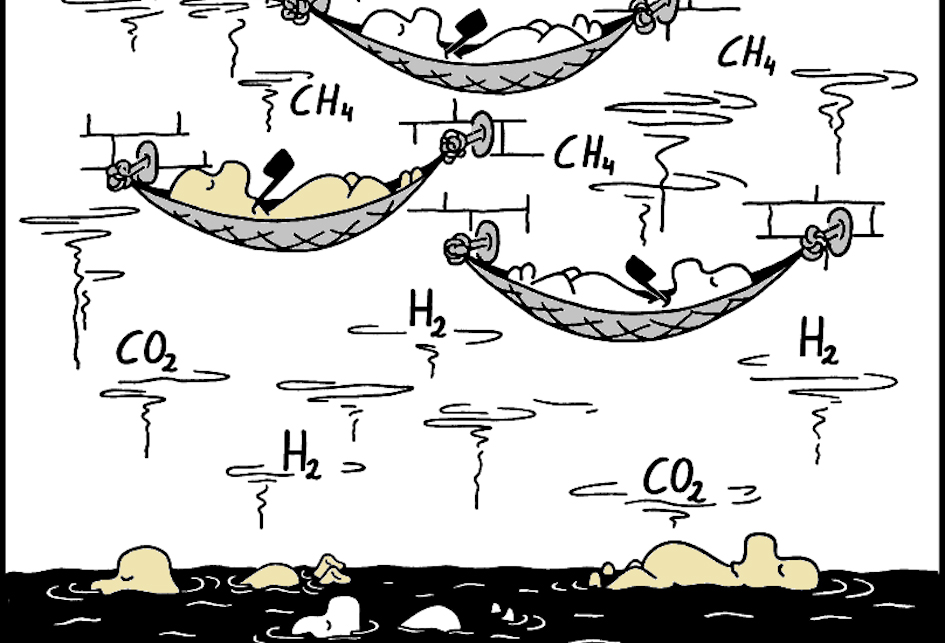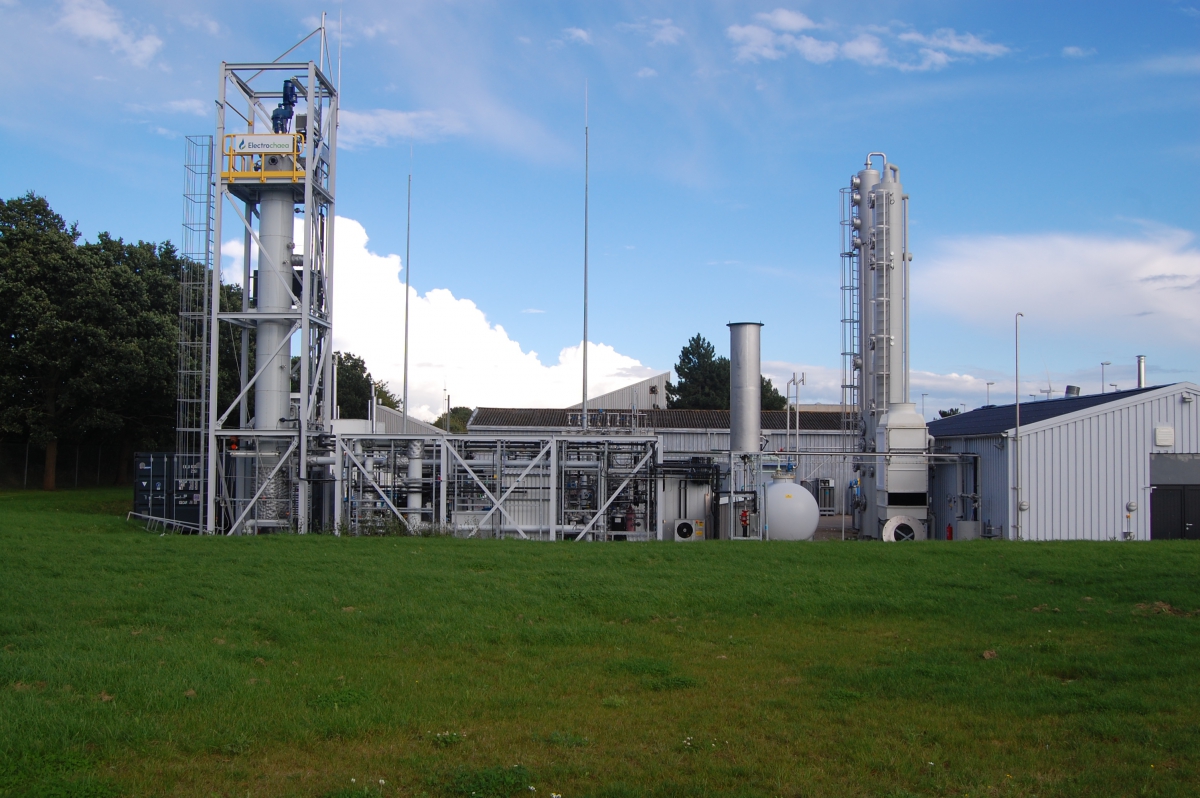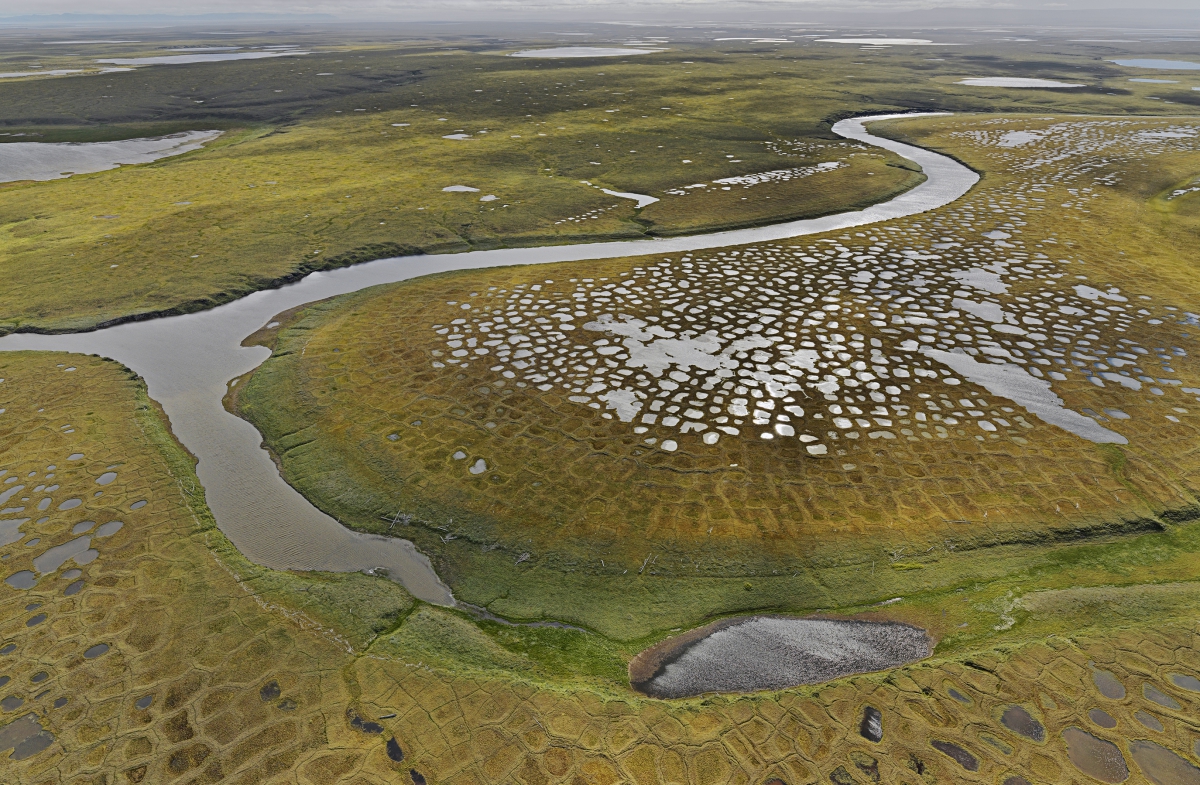
Cleaning our water
Methanothermobacter, Microbe of the Year 2021, contributes to our clean drinking water. In 1972, researchers found this surprising organism in a sewage treatment plant. It prefers hot temperatures around 65° Celsius and does not tolerate oxygen. Methanothermobacter belongs to the archaea - unicellular, very primitive organisms with unusual metabolic forms. Methanothermobacter is extremely frugal: It lives only on hydrogen (H2), carbon dioxide (CO2) and a few trace elements. Yet by this it contributes to the final stage of wastewater treatment. In the sewage sludge and in the digestion tower of sewage treatment plants, it produces the biogas methane (CH4) from CO2 and H2, which is chemically identical to natural gas. Methanogenic microbes also live in soils, wetlands, and in the gut microbiome of humans and animals.
kindly supported by

Producing natural gas
Methanothermobacter grows to amazingly high cell concentrations. The Microbe of the Year 2021 can therefore help to produce "green" methane on an industrial scale. The basis for this is hydrogen, which is obtained from the electrolytic splitting of water, and excess CO2 from combustion and industrial processes. This process is already being used in production plants, called "power-to-gas". The easily storable microbially produced methane could represent an important step towards an energy turnaround in order to become independent of fossil sources. The digester gas produced in sewage treatment plants is also used directly to generate electricity or can be fed into the natural gas grid in a purified form.

Indicating climate change
Permafrost soils store enormous amounts of organic carbon. In the polar regions and in the high mountains, more carbon is probably bound than in the Earth's atmosphere. Rising temperatures cause the soils to thaw, and methanogenic microorganisms begin to multiply. In the process, they release CO2 and CH4. Methane acts as a powerful greenhouse gas in the atmosphere, accelerating global warming. About a quarter of the land area of the northern hemisphere still remains in millennia-old permafrost, but the natural activity of methane-forming Archaea is a warning signal for our climate.
The increasing release of methane is largely due to human influences: Methane is released not only from thawing permafrost soils, but also from rice fields, rubbish dumps, and the stomachs and intestines of mass-bred cows, goats and sheep.
further information:


